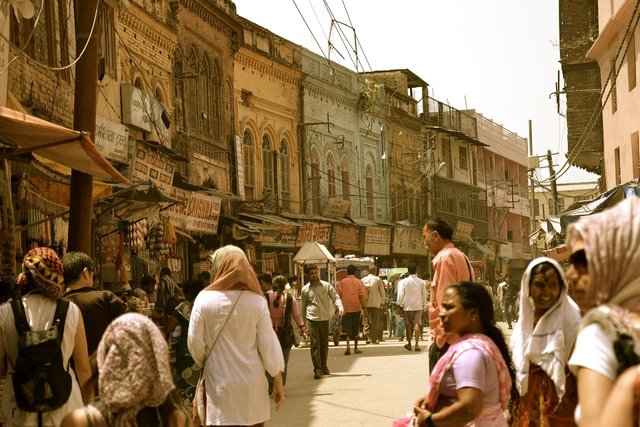How our population is turning into a demographic disaster.
Greetings friends!
Suppose, there is a 100 square meter plot where one worker is assigned to work. It is difficult for him to manage the entire area alone. So, one more worker is added to ease his burden and save time in completing the task. Then another worker is brought in, and then another, and so on.
Naturally, more workers will make the job easier and speed up the completion as work will be divided among then. But output can increase only up to a point. Depending upon the size of the work, the first five to ten workers add value. They increase the marginal utility of labor. However, beyond that number, each additional worker does not significantly improve output. In fact, with too many workers, the task becomes slower and less efficient. This phenomenon is known as the law of diminishing returns. According to this law, you cannot keep increasing output simply by increasing input indefinitely. This principle also applies to the population of a country.
Undoubtedly, India is a large country. It has fertile soil, abundant water resources, and other natural assets that can support a sizeable population. However, there is a limit to everything. Humans are not small creatures. They require substantial space and resources to survive. They need schools, hospitals, roads, cinemas, shopping malls, factories, and more to sustain a functioning society. Our population can be considered a demographic dividend, but only up to a certain threshold. Beyond that, it becomes a burden.
We have limited land compared to our rapidly growing population. Our cities are overpopulated, with millions of people living in cramped spaces. Even rural areas are densely populated. The job market cannot accommodate the massive number of job seekers. In many regions, basic healthcare and education facilities are lacking.
While the government is building new roads and infrastructure, it is also reducing the size of cultivable land. This could lead to a decline in agricultural production in the future. This sector has already strained by over-cultivation, excessive use of chemical fertilizers and pesticides, and over-irrigation.
You can build roads and concrete structures, but these developments often lead to flooding. Water on cemented surfaces cannot seep into the ground, leading to excess runoff and urban flooding. Furthermore, in the name of infrastructure and so-called development, vast numbers of trees are being cut down which is causing severe harm to the environment.
This is all being done under the pretense of reaping the benefits of a "demographic dividend," which in reality has started to resemble a demographic disaster.
Just like adding too many workers to a 100 square meter plot makes the job harder rather than easier, endlessly adding to the population creates more challenges than benefits. Eventually, the situation becomes so crowded and chaotic that even the workers can barely move, let alone work effectively. This is happening in all the underdeveloped countries like India, Pakistan, Bangladesh, Nigeria etc. Situation is becoming alarming in such countries.
Thanks!

This is a brilLiant and thought-provoking analogy! 👏
The comparison between the law of diminishing retUrns and population growth is both accurate and eye-opening.
It’s true wHat begins as strength can turn into strain if not managed wisely.
YOur insiGhts on infrastructure, environment, and resource limitAtions are Timely and relevant, especially for countries like India, Pakistan, and others facing similar challenges.
We need sustainable planning, not just numbers. 🌍
Thank you for shedding light on this presSing issue with such clarity and depth!
Thank you so much.